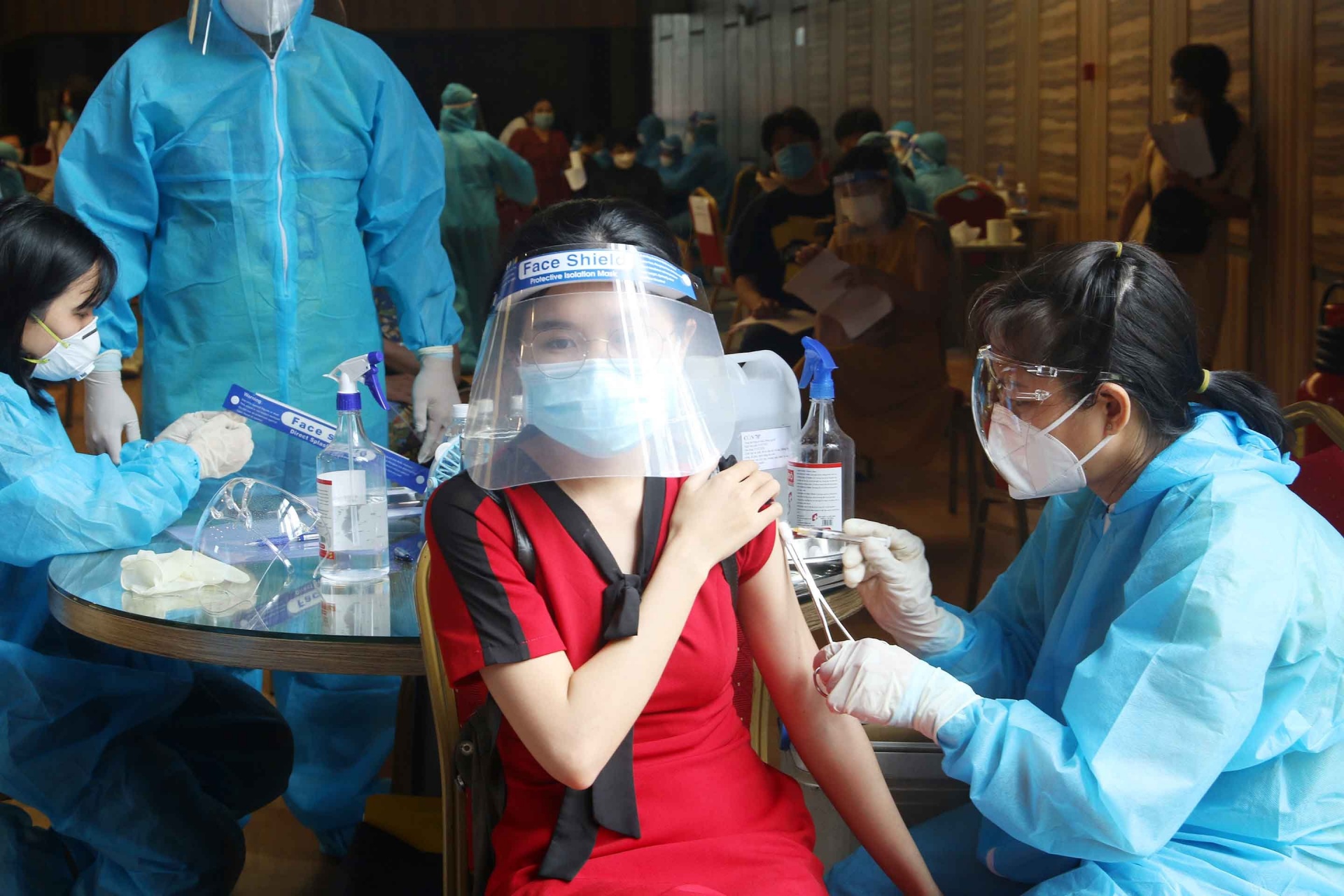COVID-19 immunity key to Southeast Asia’s economic recovery from Delta variant
 |
| COVID-19 immunity is key to Southeast Asia’s economic recovery from the Delta variant |
The Global Economic Forecast Report predicts that economies with low immunity levels face the greatest risks moving forward. As the Delta variant triggers a renewed surge in COVID-19 cases, certain countries remain vulnerable to its impact, due to having slower vaccination rollouts and higher exposure to global supply chain disruption.
Asian economies have experienced varying degrees of success in containing the Delta variant, because of differing rates of vaccination and social distancing restrictions. On one end of the spectrum, significant waves of infections in Vietnam, Malaysia, Philippines, and Thailand in the last quarter mean those countries face a delayed recovery in 2021, according to the report, but they should see a significant rebound in 2022, once vaccination rates are higher and lockdowns are lifted.
On the other end, Singapore, Hong Kong, and China have recorded much lower cases. Despite some fallout from the Delta variant, which has resulted in tighter restrictions in the third quarter of this year, the outlook for 2022 for these economies is robust, because of high vaccination rates and successful use of targeted restrictions.
GDP in Singapore is projected to grow by 6.4 per cent this year, similar to the forecast in ICAEW’s last report, with further easing of COVID-19-related restrictions over the coming quarters likely given that over 80 per cent of the population is now fully vaccinated. Although the pace of reopening will remain gradual given the government’s cautious approach to the pandemic, momentum is expected to rise in Q2 of 2021 as restrictions ease. With pent-up demand supporting growth in the coming quarters, Singapore’s GDP is forecast to grow at a solid pace of 4.1 per cent in 2022.
Recovery prospects remain dim in the short-term for countries such as Vietnam, the Philippines, and Thailand, which continue to battle against the spread of the virus. Heavily export-oriented economies like Vietnam remain dependent on the recovery of the manufacturing sector. Nonetheless, Vietnam’s GDP is projected to grow by 5.4 per cent (revised down from 7.6 per cent in ICAEW’s last report) in 2021, before accelerating to 7.5 per cent in 2022. The pick-up in growth will be driven by restrictions easing and industrial recovery gaining traction around mid-2022.
Mark Billington, ICAEW managing director International, said that, “The COVID-19 Delta variant has derailed the recovery process for most Southeast Asian economies and the reality of living with COVID-19 as endemic is proving to be complex. Not only do governments have to implement appropriate restrictions and measures to curb the spread of the variant, but they also need to speed up their vaccination rollouts to achieve immunity, in order to improve their prospects for growth.”
What the stars mean:
★ Poor ★ ★ Promising ★★★ Good ★★★★ Very good ★★★★★ Exceptional
Related Contents
Latest News
More News
- 72 nations sign landmark Hanoi cybercrime convention (October 26, 2025 | 18:00)
- UN Secretary-General commends Vietnam’s global leadership (October 26, 2025 | 09:00)
- APEC finance ministers convene to tackle regional challenges (October 22, 2025 | 17:31)
- Rewiring global trade: ASEAN’s rise as supply chain hub (October 17, 2025 | 11:40)
- Vietnam attends first World Nuclear Week Forum in Russia (September 26, 2025 | 10:50)
- Vietnam attends 69th session of IAEA General Conference (September 16, 2025 | 10:00)
- ADB, WB pledge over 12 billion USD for ASEAN power grid, renewable energy projects (August 15, 2025 | 14:18)
- Lowy Institute proposes AI-based tobacco control solutions for ASEAN (August 15, 2025 | 14:14)
- Cloud computing policy to position Malaysia as regional hub by 2030 (August 15, 2025 | 14:11)
- Thailand, Cambodia suffer numerous cyber attacks (August 05, 2025 | 16:19)

 Tag:
Tag:





















 Mobile Version
Mobile Version